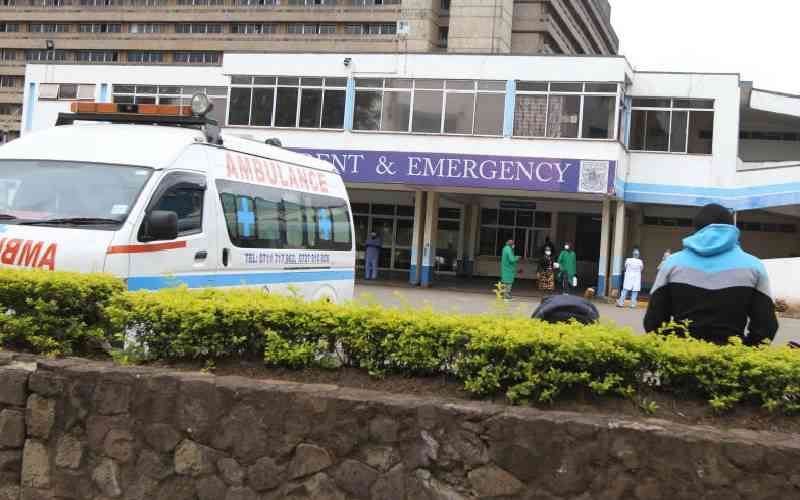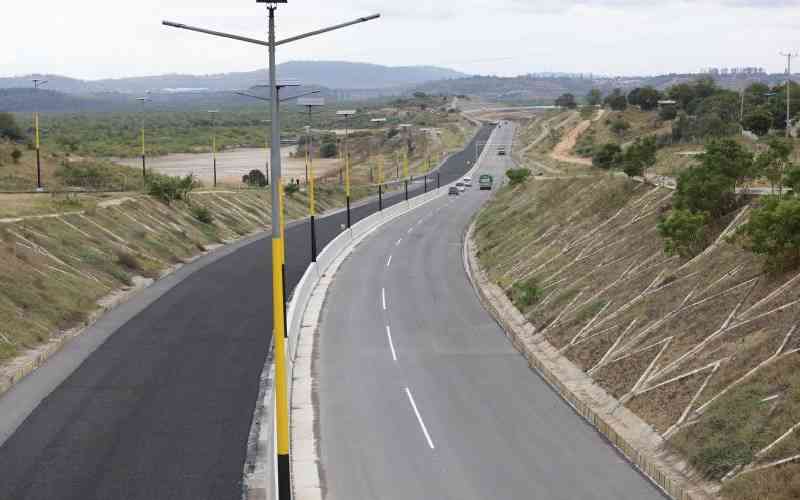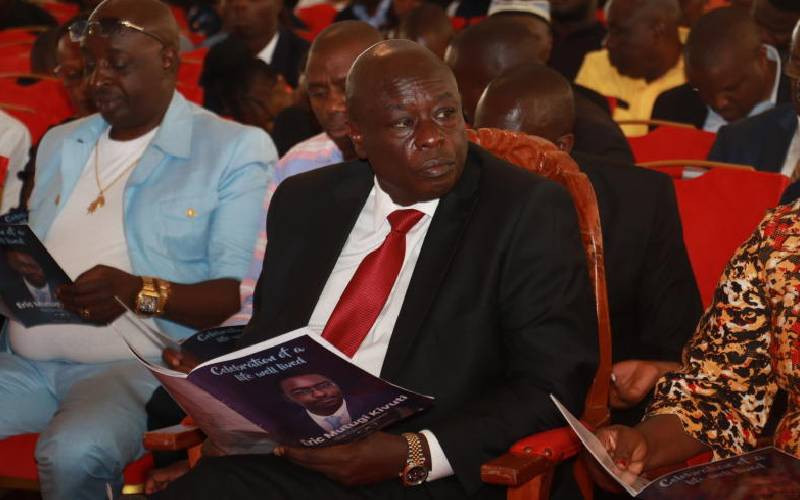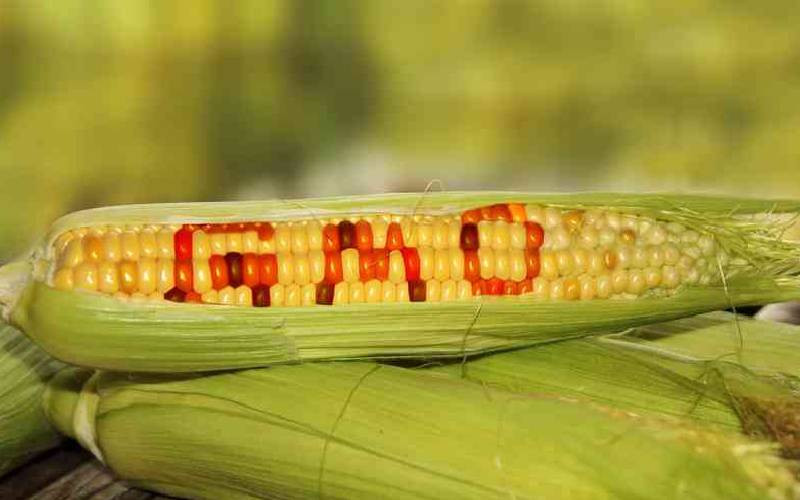
Three things set Lewa Wildlife Conservancy apart from other tourist destinations. One; it is the numero uno place where, every year, a marathon is held smack in the middle of a game park.
Two; it is a UNESCO World Heritage Site inscribed in 2013. And three; it is where royalty come to holiday ... and pop the all-important question.
The 62,000-acre conservancy is any nature lover’s haven. From unspoiled vistas, to game in their natural habitat, to conservation efforts that have garnered global attention, Lewa is the textbook case of how tourism can be the core driver of development.
The conservancy, which is part of the Northern Rangelands Trust, is a mid- to high-end tourist destination. It was here that, in 2010, Prince William proposed to Kate Middleton.
By restricting the number of beds that they have on the property, Lewa minimises adverse impact on the environment.
In December, the whole of Nairobi troops to Mombasa. And for at least one day in June, the entire Nairobi relocates to Lewa. So the best time to visit Lewa is not during the marathon. (Um, sorry Mike. Hope I haven’t messed up the fundraising target, mate).
But, to be honest, during the marathon, city folks visit the conservancy — not necessarily to run — but to unwind. And there is nothing wrong with that. Here is my advice: let the city crowd paint Lewa red. Then let them troop back to the city. After they have checked out, check right in — at Ngiri House. This cottage is not built with brick and mortar; but with tonnes of memories.
Ngiri House was the original home of the Craig family — the owners of Lewa — who changed Lewa from a ranch to a non-profit conservancy.
Ngiri is Kiswahili for warthog. It is said that lions used to come to the area around Ngiri House to hunt for warthogs. Trust the Craigs to set up their residence where they will see big cats coming to grab a bite.
There is no TV here. Which is a big plus. If you are a bookworm, and the rat race kept you from reading nothing except tweets and Facebook updates, this is the ideal place to clear that backlog.

Lounge in the lawn, whose grass sinks under your feet, and read till a random elephant appears in the thicket tens of metres away, on the other side of the electric fence. Or, if you are a creative, and have a gazillion works-in-progress, this is the perfect place to turn your unfinished businesses into final drafts.
Shoot photos
Writer’s block hardly ever strikes in Lewa. If the blasted bloke strikes, go for a game drive. One dawn, while on a game drive, we saw a secretary bird perched on a tree, framed, in the background by the orange sunlight.
Stay informed. Subscribe to our newsletter
That sight inspired a sequel to a David Maillu book. And that is after our guide explained that the bird gets its handle because of the way it walks ... like a secretary. During game drives, some over-enthusiastic visitors may not resist the urge to jump out of the tour vehicle to shoot photos and selfies. Do not do it. On our first day, in the afternoon, we saw a ranger coolly riding his motorcycle past a herd of feeding elephants, which were being chaperoned by a massive matriarch.
In the evening a fellow ranger teased Motorcycle Man, who replied that, for him, such an encounter is just another day in the office.
“What works for rangers doesn’t work for the rest of you people,” Motorcycle Man advised us. “So always stay inside the vehicle, even if it’s Tia Maria.”
Tia Maria is Lewa’s beloved forty-year old elephant. This girl is the survivor. She has been there. Done that. Got the collar. Our guide said that Tia Maria has been the herd’s matriarch for over a decade, and knows the expansive NRT like the back of her trunk.
And an elephant with such a vast knowledge of habitat and fellow beasts is a huge asset. Which is why Tia Maria has a new GPS-GSM collar. This will put rangers in the know about her herd’s whereabouts, almost on an hourly basis.
“Good thing is that Tia Maria is not like some hyenas, which chewed the collars we put on them,” Motorcycle Man remarked, as we drove off for a sundowner.
In the city, Sundowner is a radio programme, which plays nostalgia-inducing easy-listening classics, from six pm to seven pm. In Lewa, a sundowner is a sundowner. It is actually watching the sun go down.
When going for this wind down, wear warm clothing. It is chilly up on those hills. The hosts will carry lagers and wine to bid the sun goodbye.
Right below us, as the sun sank and we shot the breeze, a giraffe ambled toward its partner, and they both lazily walked away in the opposite direction of the setting sun. In a thicket about 50 metres below Sundowner Hill, a pair of rhinos masticated their dinner, as our guides kept a close eye lest the horned pair made us their dessert.
Lewa’s CEO, Mike Watson says that, during the marathon, there have been a few close calls and a few entertaining moments. Whatever that means.
“There’s a lot of planning that’s put into place for the marathon,” Mike reassures us. “We know very well people are running within a conservancy, and that’s the reason why we do a thorough security planning.”

If you are going to Lewa for the marathon, know that there is an indemnity that competitors sign. But that mere formality should not dampen your mood.
In all the years that the marathon has been held, there has never been a single incidence of wildlife attacking any runner.
 The Standard Group Plc is a
multi-media organization with investments in media platforms spanning newspaper
print operations, television, radio broadcasting, digital and online services. The
Standard Group is recognized as a leading multi-media house in Kenya with a key
influence in matters of national and international interest.
The Standard Group Plc is a
multi-media organization with investments in media platforms spanning newspaper
print operations, television, radio broadcasting, digital and online services. The
Standard Group is recognized as a leading multi-media house in Kenya with a key
influence in matters of national and international interest.
 The Standard Group Plc is a
multi-media organization with investments in media platforms spanning newspaper
print operations, television, radio broadcasting, digital and online services. The
Standard Group is recognized as a leading multi-media house in Kenya with a key
influence in matters of national and international interest.
The Standard Group Plc is a
multi-media organization with investments in media platforms spanning newspaper
print operations, television, radio broadcasting, digital and online services. The
Standard Group is recognized as a leading multi-media house in Kenya with a key
influence in matters of national and international interest.












